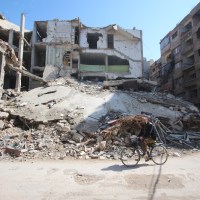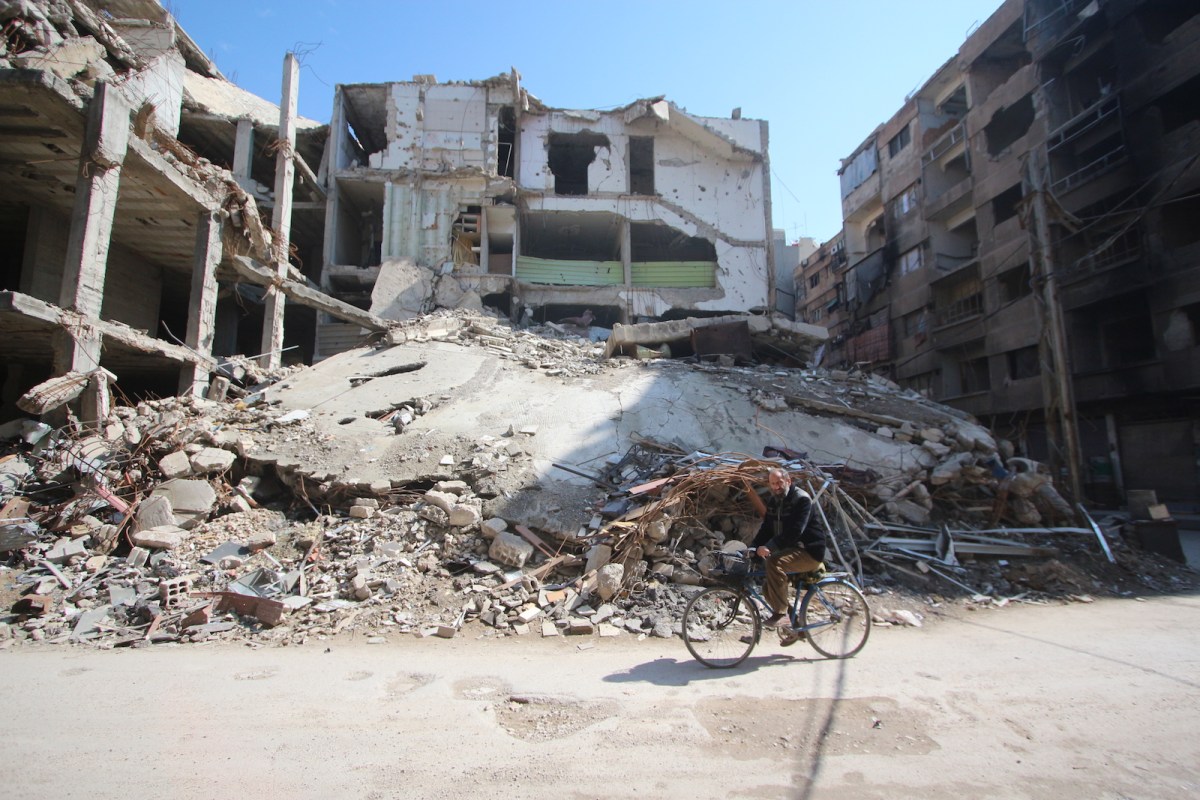On Saturday the UN Security Council unanimously approved a resolution calling for a 30-day ceasefire in Syria.
Two days later, not much had changed.
Besieged parts of the country are still being bombed. Hospitals and homes are still being hit with rockets and mortars and, reportedly, chemical weapons including chlorine gas and napalm.
War is still tearing Syria apart.
This is at least the sixth attempted ceasefire since 2016. All have failed so far.
Sunday’s resolution is intended to allow relief in and injured civilians out. No outside aid has been able to get into some of these areas for months.
There are reports that a humanitarian corridor will open starting Tuesday, making it possible for civilians to leave. It remains to be seen whether the corridor will materialize—and if so, whether warring parties will honor it or try to breach it.
For now, the bombardment continues.
Syrian Civil War by the numbers
- 400,000+ people killed
- 13.1 million people in need of humanitarian assistance
- 11.7 million people displaced
- 3 million people in besieged or hard-to-reach areas
How could this happen?
The UN resolution had no timetable for implementation, only a vague statement that it is to start “without delay.”

The resolution includes a clause allowing ongoing military action against “terrorist organizations.” Warring factions disagree on who qualifies as a “terrorist” organization and is therefore excluded from the ceasefire. And in the end, there is no mechanism for enforcement if parties break the ceasefire.
Military chiefs affirm they are upholding the ceasefire agreement even as bombs rain on Syrian neighborhoods. The only way to get all parties to sign on to a ceasefire agreement was to make it toothless, decreasing the chances for an effective solution to help those caught in the crossfire.
So now what?
In war, the term “enemy” is used loosely. In Syria, rival forces have committed to rooting out all “enemy agents,” including anyone living in target neighborhoods, children who have only known the sound of war their whole lives, and those who are too sick or poor to flee.
If the bombing stops and a humanitarian corridor is opened as promised, families who have been besieged for years will get their first chance at leaving for essential medical care and other aid. If it does not stop, families will continue to be killed under the rubble.
This is at least the sixth attempt at a ceasefire since 2016. All have failed.
Families in Syria are still looking to the world to hear their cries. We cannot turn away.
RELATED: Wait, There’s Still a War Going on in Syria?


